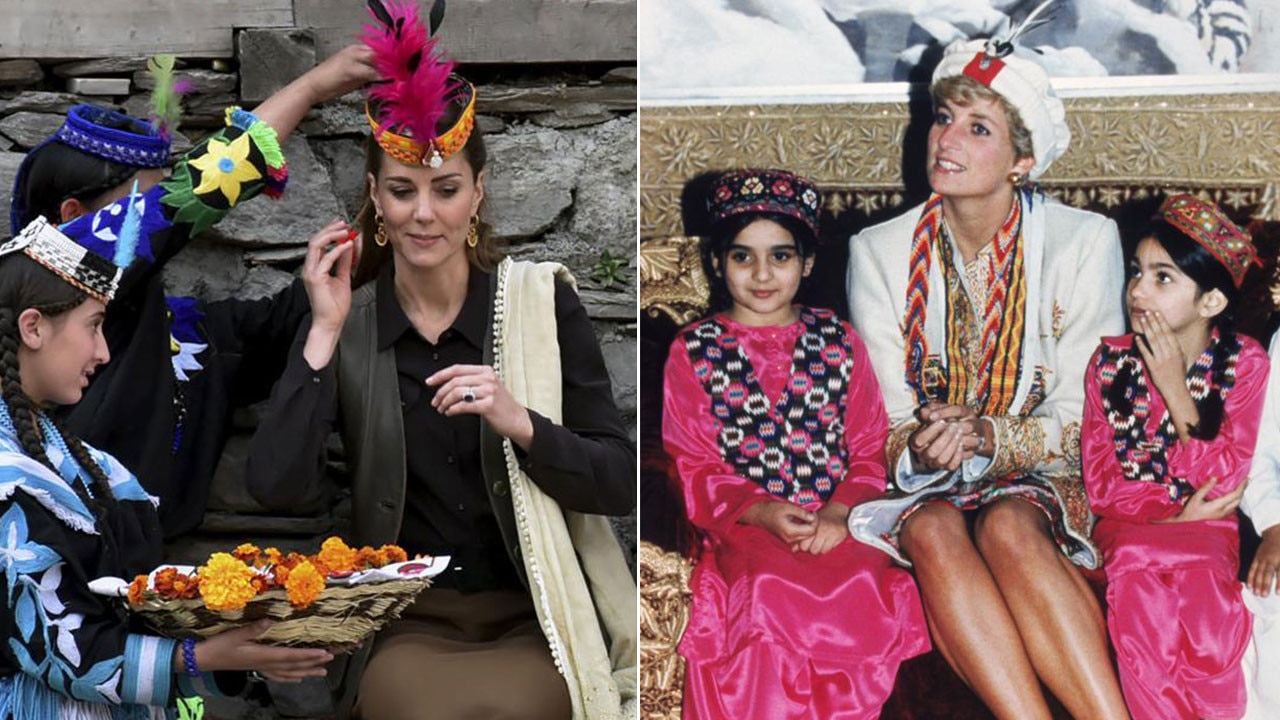Thai Cave rescue site becomes booming tourist attraction
The Tham Luang caves have become a booming tourist attraction since 12 boys and their football coach were rescued from it.
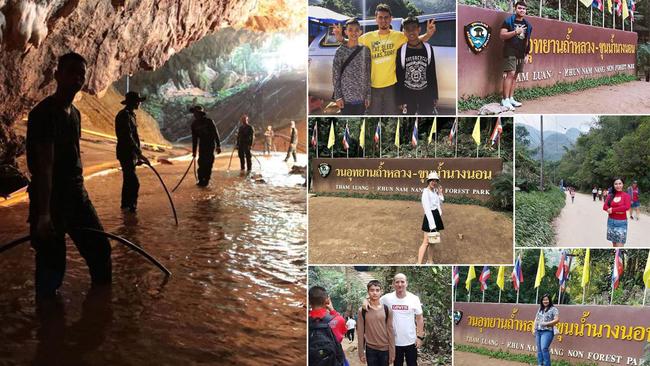
It used to be easy to find a seat at the Dancing Shrimp restaurant next to the village pond in Ban Chong, where the northern tip of Thailand meets Myanmar.
There were occasional visitors en route to a nearby forest park and, for the more adventurous, a cave complex with a poignant legend. Otherwise, its patrons were the villagers who work in the surrounding rice paddies and strawberry farms.
But the Dancing Shrimp is now hopping, its bamboo tables packed, and Ban Chong is flourishing as a tourist magnet.
For just up the track, at the base of a forested range of limestone hills, is the Tham Luang labyrinth, where 12 Thai schoolboys and their football coach were trapped by floodwaters just under six months ago. A place so nearly associated with disaster and loss has become a destination for celebration and gratitude.
The cave remains closed to visitors, its mouth visible through a chain-link fence, but the Tham Luang-Khun Nam Nang Non forest park has attracted tens of thousands of visitors since it reopened last month.
The record was 16,000 visitors on a single day, said Napasorn Thatukarn, the village leader, shaking her head in disbelief.
A teak pavilion housing a museum chronicling the rescue is near completion on the site of the quagmire that was once home to the media hordes. On Thursday, the rescued boys watched as a statue of Saman Kunan, the former Thai navy diver who died during their rescue, was erected.
In this deeply superstitious country, there is an additional target for the gratitude of the visiting crowds: a fabled princess who endured her own tragedy, according to folklore, but is now venerated as the protector of the 13.
The contour of the mountain range resembles a reclining woman (the Nang Non of its name), said by local lore to be a princess who fell in love with a stable boy. Her father disapproved, so the couple escaped to the caves after she became pregnant. But when the boy went out in search of food, he was killed by the king’s men and the distraught princess then took her own life using her hairpin.
Her body became the hills and her blood flows through the caves, so the story goes. It ended, for the princess, in heartbreak and death. According to the legend, however, she now guards those who enter the caves — and this year she helped prevent another tragedy.
At her shrine, the crowds leave flowers and light incense sticks to earn merit under the Buddhist belief system, seeking her blessings for their prayers.
Hundreds of stalls selling colourful umbrellas, handicrafts, souvenirs and local vegetables line the mountain road that a few months ago was heavy with vehicles carrying rescuers, volunteers and the media to and from the site. A tourist campsite is being built in a neighbouring field.
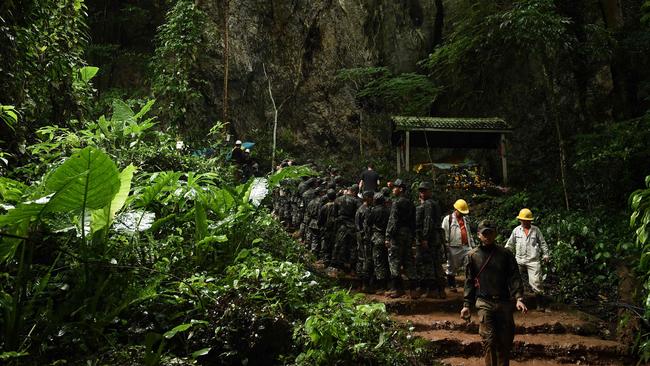
Among the vendors last week were the mothers of two of the young footballers, selling T-shirts commemorating the rescue. The boys themselves have been kept largely off limits by Thai officials.
“Life’s changed a little, of course,” said Nang Phothi, mother of 15-year-old Pipat, with understatement. “But they’re back at school and out riding their bikes.”
They are also playing football again with the Wild Boars academy, trained by Coach Ekk — as Ekkapol Chantawong, 25, is known to all. The former monk helped keep the boys alive by eking out their supplies and teaching them meditation.
Vernon Unsworth, a British caver who has a house near Tham Luang and played a crucial role in the rescue mission, said the boys were in good shape, despite concerns from psychologists about the impact of their ordeal. “They’re doing fine,” he said. “They’re a resilient bunch with a great team spirit.”
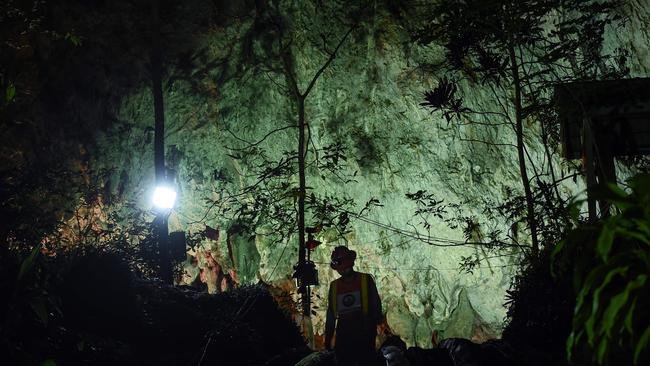
It is the ultimate feel-good story. Yet Unsworth knows better than anybody how the outcome was nearly so different.
British cave-rescue divers John Volanthen and Rick Stanton found the boys after nine days. Yet there was an even greater challenge — how to extract them. The rescuers never expected all 13 to be brought out alive.
“We had drawn up the best plan, carefully prepared and rehearsed,” said Unsworth. “Even Mother Nature was playing her part with a break in the rains so the force of the water in the caves was easing. “But we never thought they’d all get out. It just needed one small thing to go wrong for this to end in disaster. But we had to give it a try, as otherwise we’d have been bringing out 13 bodies next month when the waters finally recede.”
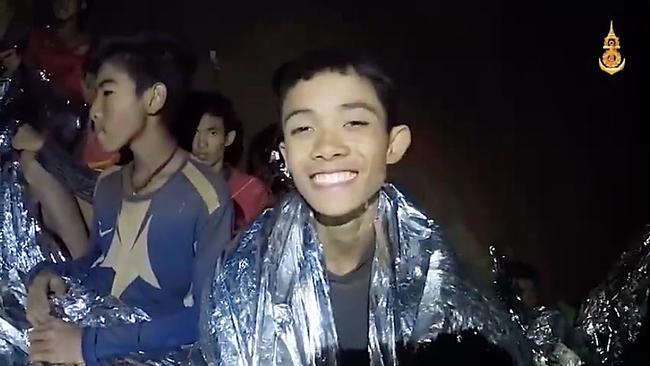
The plan involved a key detail, kept secret at the time — the boys would be sedated and then carried out in full-mask breathing kit, effectively unconscious.
Richard Harris, an Australian diver and medic, gave them the first jabs of ketamine, a powerful tranquilliser. Other rescuers with no previous expertise in anaesthetics were trained to apply top-up doses along the route.
It was a high-stakes strategy. But over three days, all 13 were brought out, with the final rescuers, including Unsworth, dashing out of Tham Luang as a fresh wall of floodwater poured in.
The “miracle of the cave” is now the subject of several books, while Hollywood film makers are negotiating with the Thai culture ministry committee overseeing the rights to the story.
Unsworth is helping national park staff explore other caves in the area as possible tourist destinations.
— The Times


